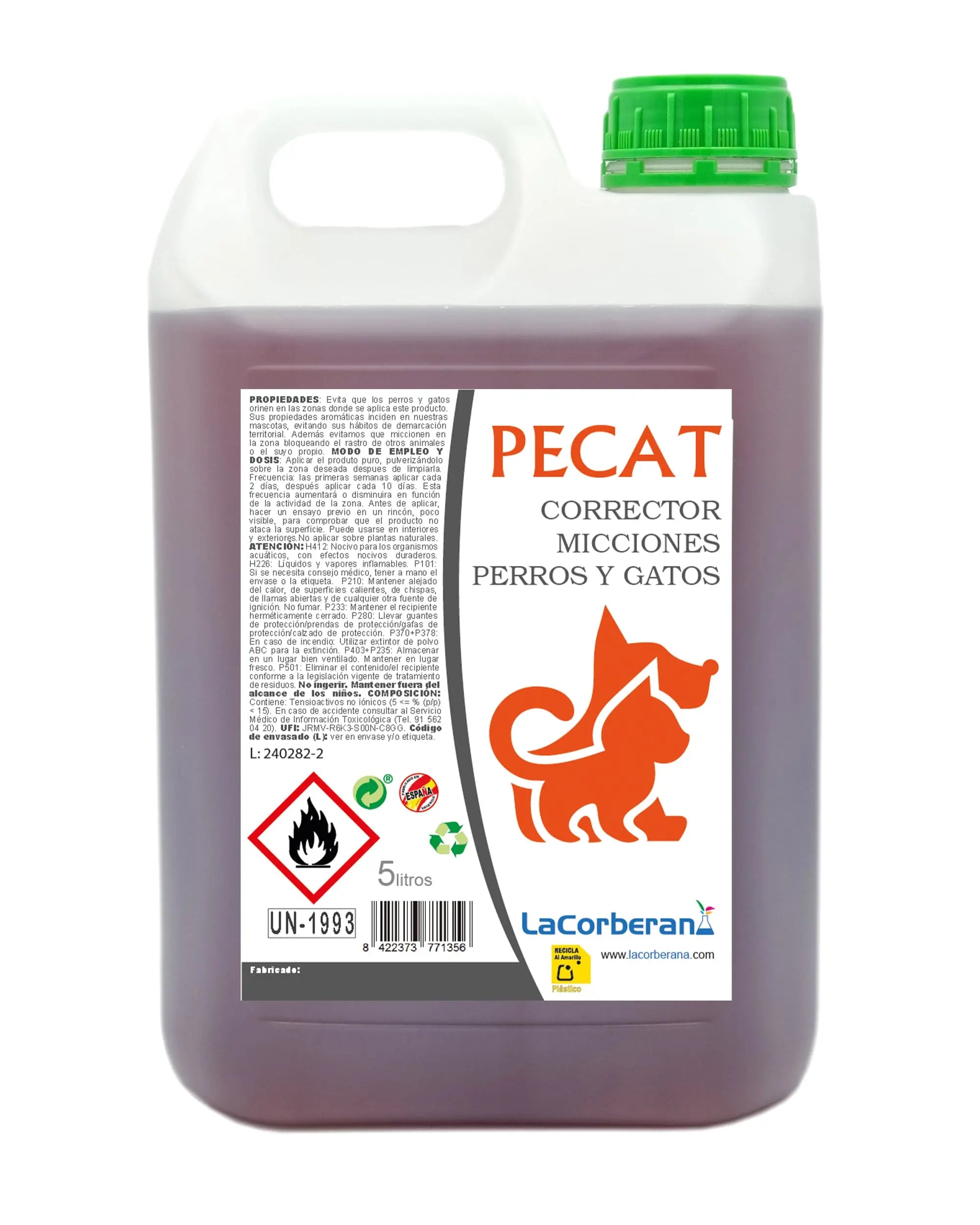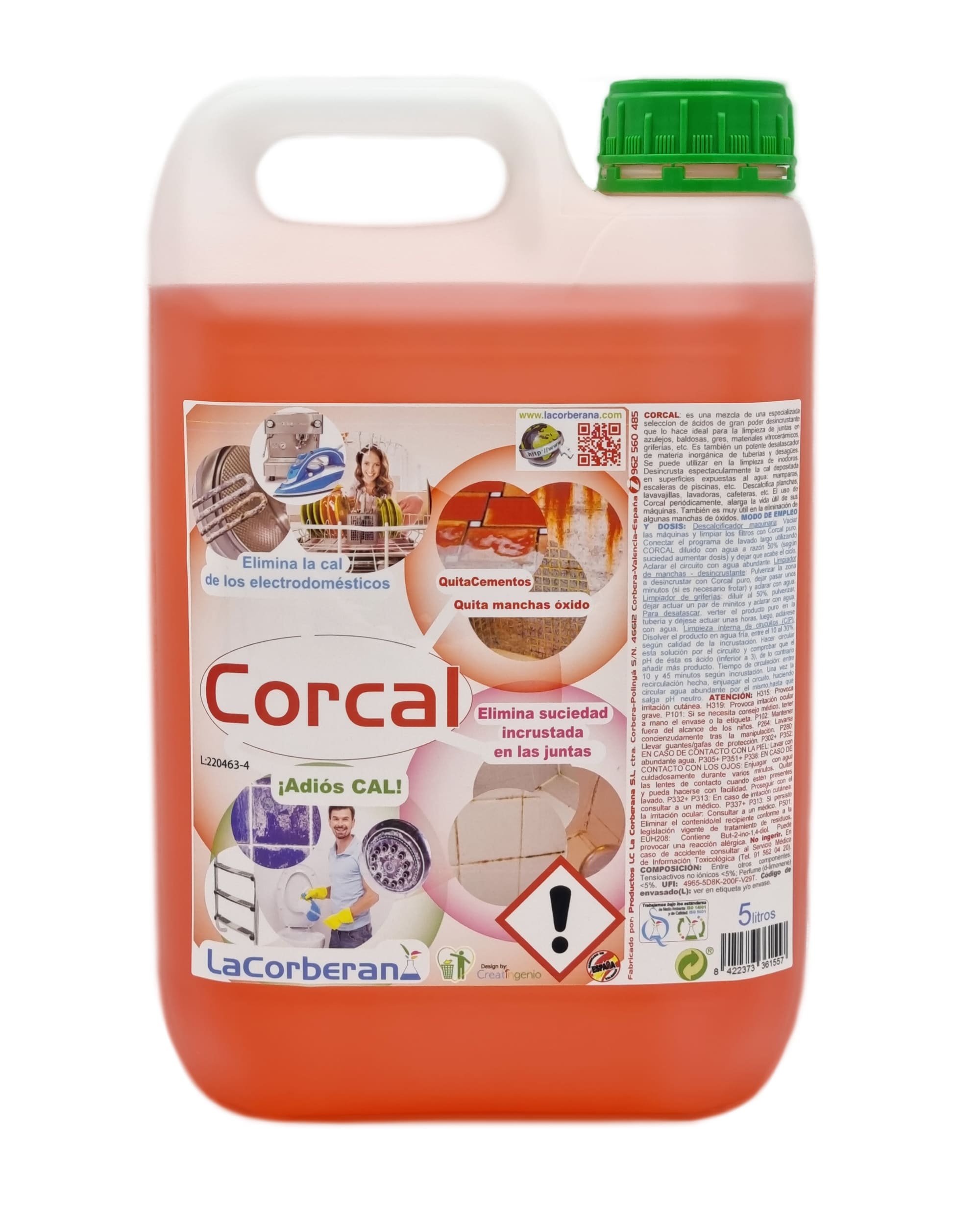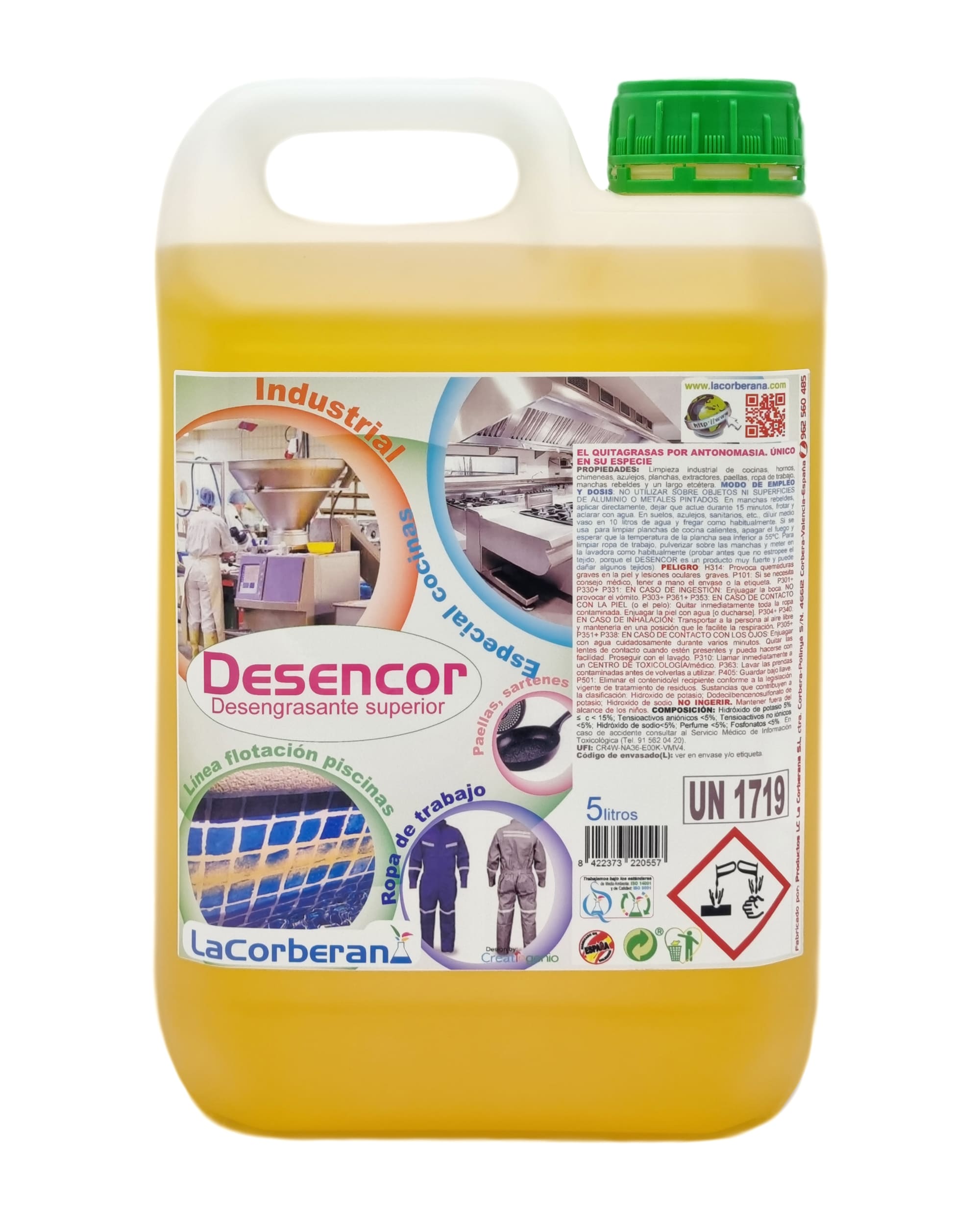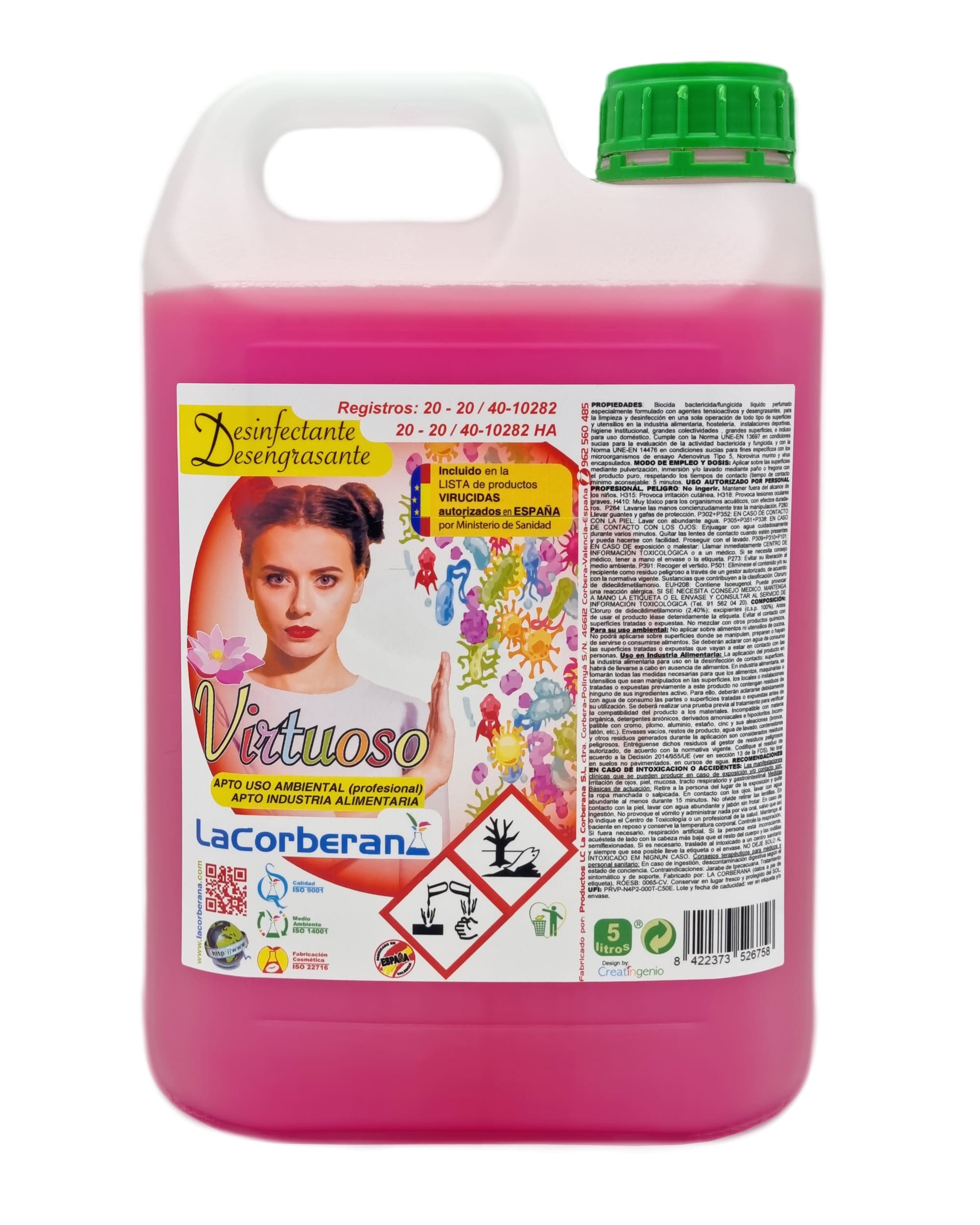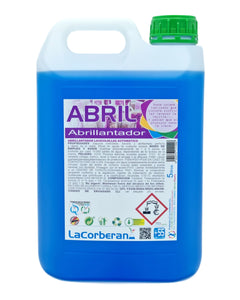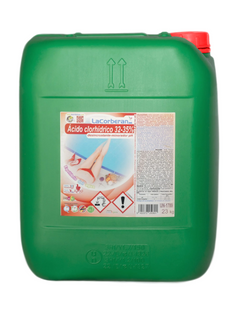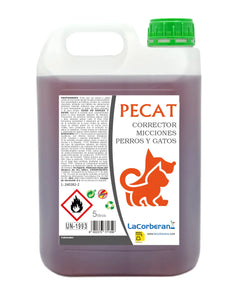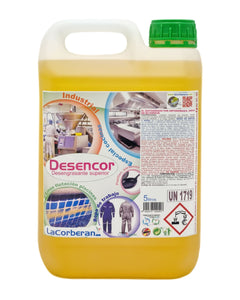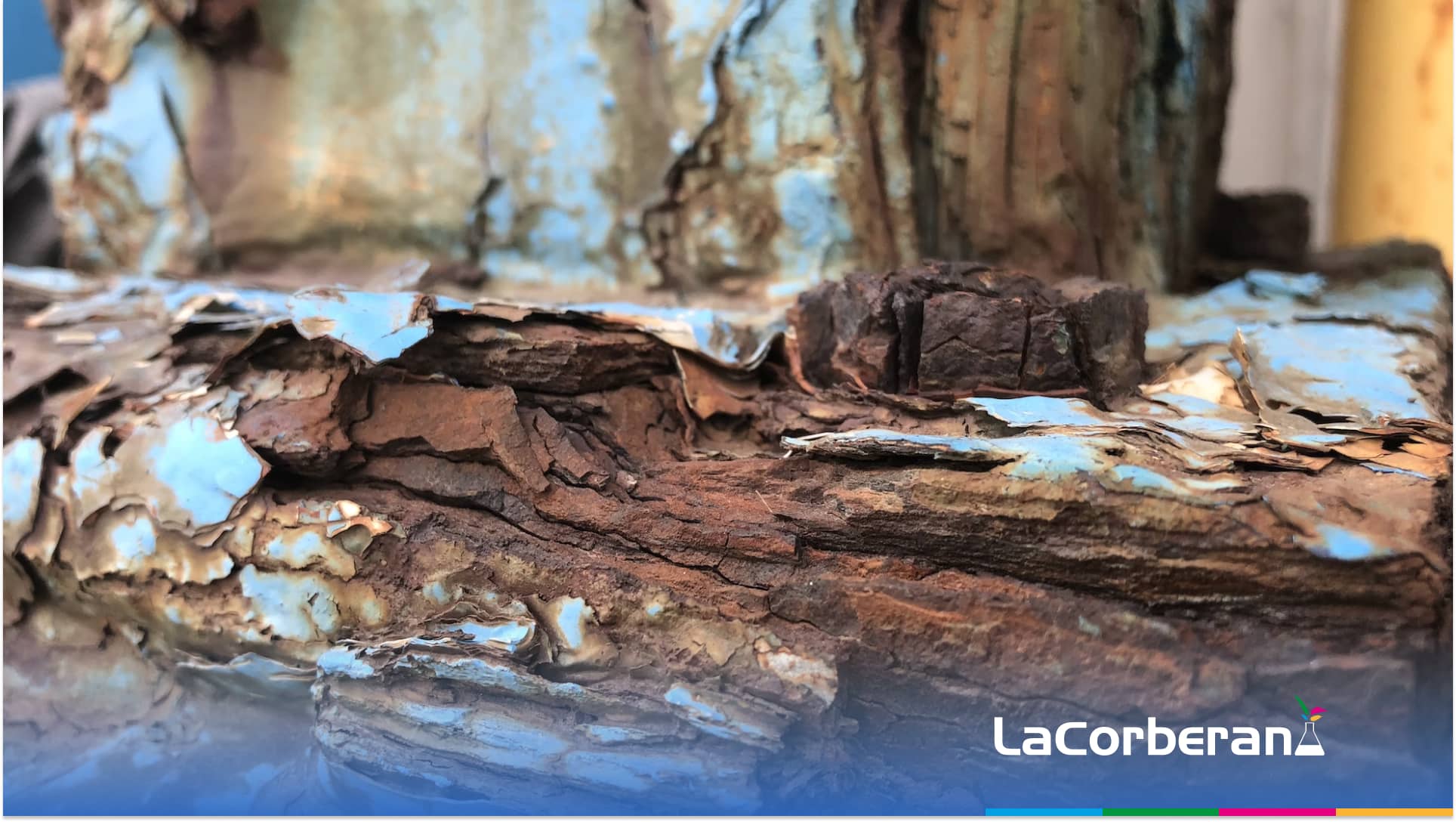The corrosion It is a phenomenon that affects a wide variety of materials and can have detrimental consequences in a variety of contexts. From industrial infrastructure to appliances in our homes, corrosion can cause significant and costly damage if not properly addressed.
In this article, we will explore What is corrosion , why it occurs, where it can be found, the consequences it entails, as well as measures to eliminate and prevent it. We will also examine some common examples of corrosion in different areas.
From industrial machinery exposed to aggressive environments to the household appliances we use daily, corrosion can manifest itself in various ways and cause significant problems if not controlled in time.
In addition, we will explore the consequences of corrosion can have in terms of safety, performance and costs. From the deterioration of a building’s structure to the malfunctioning of equipment and systems, corrosion can cause considerable damage and affect people’s quality of life.
Fortunately, there are methods and techniques to effectively remove corrosion. In this article, we will learn about the most common approaches used in corrosion removal, from cleaning mechanics to the use of specific chemicals.
We will also explore key preventative measures that can help prevent corrosion , such as the application of protective coatings and the implementation of appropriate maintenance programs.
In short, the Corrosion is a common problem and costly, which can affect a wide range of materials and applications. Understanding its causes, consequences, and the measures to eliminate and prevent it is essential to maintaining the integrity of structures and prolonging the life of materials.
What is corrosion?
The Corrosion is an electrochemical process which causes the deterioration and degradation of various materials due to chemical reactions with their environment.
It is often associated with oxidation, although corrosion can occur without the presence of oxygen. This phenomenon can affect metals, alloys, ceramics, plastics and other materials used in numerous industries and applications.
During the corrosion process , materials can experience changes in their structure and physical properties, resulting in loss of strength, integrity and functionality.
The Corrosion can manifest itself in different ways , including surface deterioration, pitting, thickness loss and crack formation.
The The presence of water and oxygen is one of the main causes of corrosion . In the presence of moisture, metallic materials can form oxides, hydroxides or other corrosive products. These products can accelerate the corrosive process, especially in aggressive environments such as coastal or industrial areas.
Why corrosion occurs
The Corrosion arises due to a combination of chemical, electrochemical and environmental factors that interact with the exposed materials. Next, we will explore some of the main reasons why corrosion occurs:
- Electrochemical reactions : Corrosion is an electrochemical process in which oxidation and reduction reactions occur on the surface of the material. These reactions generate electrical currents that can accelerate the deterioration of the material. Metals, in particular, are susceptible to corrosion due to their ability to lose electrons and form positive ions in aqueous solutions.
- Presence of corrosive agents : Exposure to corrosive substances, such as acids, bases, salts, gases and aggressive chemicals, can accelerate the corrosive process. These agents can facilitate the electrochemical reaction and corrode the material more quickly and severely.
- Humidity : The presence of water is essential for corrosion to occur, as it acts as a conductive medium for electrochemical reactions. Humidity provides the ions necessary for oxidation and reduction reactions to occur, leading to material deterioration.
- Oxygen : Oxygen in the air is another critical factor in corrosion, as it promotes the oxidation of metals. The presence of oxygen facilitates the formation of oxides on the surface of the material, which weakens its structure and contributes to the corrosive process.
- Temperature variations : Temperature changes can influence the rate and intensity of corrosion. For example, the cycle of thermal expansion and contraction can generate stresses in the material, which weakens its resistance and encourages the appearance of cracks through which corrosive agents can penetrate.
- Contamination : The presence of contaminants in the environment can accelerate corrosion. Contaminants, such as chemical compounds in the air or chemicals released in industrial processes, can interact with materials and trigger corrosive reactions.
It is important to note that the combination of several of these factors can significantly increase the speed and severity of corrosion. Therefore, it is essential to evaluate the environmental conditions and corrosive agents present in a given environment in order to implement appropriate corrosion prevention and control measures . In the next section, we will explore the places where we can find corrosion in our daily lives.
Where can we find corrosion?
Corrosion can manifest itself in various places and contexts of our daily lives.
Next, we will explore three areas where corrosion is commonly found : industrial machinery, household appliances and swimming pools.
Industrial machinery
Industrial machinery is exposed to aggressive environments and demanding working conditions, making it especially susceptible to corrosion.
In environments such as chemical plants, refineries, marine facilities or factories with high humidity levels, corrosion can affect key equipment such as pipes, storage tanks, heat exchangers and metal structures.
The corrosion in industrial machinery can have serious consequences, such as leaks, structural failures and decreased performance.
In addition, the The presence of corrosion can compromise worker safety and increase costs. maintenance and replacement of equipment.
Household appliances
The appliances we use in our homes are also subject to corrosion. Exposure to moisture, liquid spills and the presence of corrosive agents in the environment can affect the integrity of appliances such as washing machines, refrigerators, dishwashers and water heaters.
The corrosion in household appliances may cause electrical circuit failures, component malfunctions and reduced product life.
In addition, corrosion can present safety risks, such as the possibility of short circuits or gas leaks in the case of fuel-burning appliances.
Swimming pools
Swimming pools, especially those that use chemically treated water, are also exposed to corrosion. Materials used in pool construction, such as stainless steel, aluminum, and reinforced concrete, can be damaged due to interaction with water and the chemicals used to maintain water quality.
The corrosion in swimming pools It can manifest itself in the form of galvanic corrosion, pitting or staining on metal surfaces and loss of structural integrity in the case of reinforced concrete.
In addition, the Filtration systems and pool accessories They are also exposed to corrosion and may require regular maintenance to prevent damage.
It is essential to recognize that these are just a few examples of where corrosion can be found . In reality, corrosion can affect a wide range of industries and applications, from construction and the automotive industry to marine structures and pipeline systems. Understanding where corrosion is common is critical to implementing appropriate preventative and control measures. In the next section, we will explore the consequences of corrosion.
Consequences of corrosion
The Corrosion can have various negative consequences in different areas. Next, we will explore some of the Main repercussions of corrosion :
- Equipment and system failures : Corrosion can affect the performance and functionality of equipment and systems such as pipes, valves, heat exchangers, and electrical equipment. Blockages, leaks, or damage caused by corrosion can lead to operational failures, production interruptions, and costly downtime.
- Economic Losses : The costs associated with corrosion can be significant. Repairing or replacing damaged equipment, restoring affected structures, and additional maintenance expenses can represent a considerable financial burden for industries, businesses, and even households. In addition, lost productivity and delays in project delivery due to corrosion can also have negative economic impacts.
- Safety risks : Corrosion can compromise people's safety. For example, in industrial facilities, corrosion of pipes carrying hazardous substances can cause leaks or spills that pose a risk to health and the environment. In addition, corrosion in electrical equipment can trigger short circuits or even fires.
- Structural damage : Corrosion can weaken the structure of materials such as metals and alloys, which can lead to loss of strength and load-bearing capacity. In buildings, bridges or industrial structures, this can result in partial or complete collapse, endangering the safety of people and causing significant damage.
- Degradation of quality and appearance : Corrosion can affect the quality and appearance of products and structures. In industries such as automotive and aerospace, corrosion on exterior surfaces can reduce the aesthetics and value of products. Similarly, in architectural applications, corrosion on metal elements can affect the stability and aesthetic appearance of buildings.
It is important to recognize the negative consequences of corrosion to understand the importance of taking preventive and control measures. The corrosion prevention and removal They can help prevent costly damage, ensure the safety of people and extend the life of materials and equipment.
In the next section, we will explore in detail how to remove corrosion effectively.
How to remove corrosion
The corrosion removal It is a crucial process to restore functionality and prolong the life of affected materials.
Next, we will explore some of the Main strategies and techniques used to eliminate corrosion effectively:
- Mechanical Cleaning : Mechanical cleaning is a commonly used method to remove surface corrosion. This approach involves using tools such as wire brushes, sandpaper, scrapers, or even sandblasting to remove corrosion deposits and restore the original surface. It is important to use caution when performing mechanical cleaning to avoid damaging the underlying material.
- Chemical pickling : Chemical pickling is another effective method of removing corrosion. It involves the use of chemicals such as acids or solvents that react with the corrosive products and remove them from the surface of the material. It is important to follow safety instructions and use appropriate protective equipment when working with corrosive chemicals.
- Electrochemical methods : Electrochemical methods, such as electrolysis and electrolytic treatment, are used to remove corrosion in hard-to-reach areas or on delicate surfaces. These methods involve the use of controlled electric current to reverse the corrosion process and dissolve the corrosive products. They require specialized knowledge and specific equipment for their application.
- Protection techniques : In addition to the direct removal of corrosion, it is also important to implement protection techniques to prevent its reappearance. These techniques may include the application of protective coatings, such as anti-corrosion paints, or the installation of cathodic protection systems that protect the material by transferring electric current.
It is essential assess the extent and severity of corrosion before choosing the right removal method. In some cases, it may be necessary to combine different techniques to achieve optimal results. Also, it is important to remember that removing corrosion is only the first step; it is equally important to implement preventative measures to prevent its reappearance in the future.
In the next section, we will explore strategies and measures to prevent corrosion and effectively protect materials.
La Corberana products to eliminate corrosion in swimming pools
At La Corberana, we are proud to offer a wide range of high-quality cleaning and disinfection products. Over the years, we have established ourselves as a leading manufacturer in the market, providing effective solutions for our customers' cleaning needs.
One of our specialties is the Pool cleaning and water treatment products premium.
Some of our anticorrosive products are:
- AQUACLOR : This product is a descaling cleaner suitable for removing limescale from internal circuits, machinery, swimming pools, etc. It is ideal for removing very encrusted dirt while its additives act. anticorrosives . Removes lime, saltpeter, dirt, white film and humidity, etc.
- ANTICALCAREO-RC : Dispersing and inhibitory product, through which incrustations are eliminated and prevented, it also helps to prevent clogging of filters and corrosion of metal parts of the recirculation and filtration system , as well as pool ladders and trim.
How to avoid corrosion
The best way to address corrosion is prevent it from the beginning . Below, we will explore some strategies and measures that can help prevent corrosion and effectively protect materials:
- Protective Coatings : Applying protective coatings is a common strategy to prevent corrosion. These coatings, such as anti-corrosion paints, enamels, varnishes, or ceramic coatings, act as a barrier between the material and its corrosive environment. Coatings must be carefully selected based on the type of material and the environment in which they will be used.
- Cathodic Protection : Cathodic protection is a technique used to prevent corrosion in metal structures buried or submerged in water. It consists of connecting a sacrificial metal (anode) to the structure to be protected. The anode will corrode instead of the parent material, protecting it from corrosion. This method is commonly used on pipelines, tanks and marine structures.
- Proper design : Proper design of structures and components can help prevent corrosion. Considerations such as choosing corrosion-resistant materials, designing adequate drainage systems to prevent moisture buildup, protecting joints and welds, and using insulation or special coatings in critical areas can significantly reduce exposure to corrosive agents.
- Regular maintenance : Implementing a regular maintenance program is critical to preventing corrosion. This includes periodic inspections to identify early signs of corrosion, cleaning and removing corrosive deposits, and implementing preventative measures such as reapplication of protective coatings or performing cathodic protection treatments.
- Humidity and environmental control : Controlling the humidity and environment in which materials are located is key to preventing corrosion. This can include maintaining appropriate relative humidity levels, implementing ventilation and dehumidification systems, and protecting against direct exposure to corrosive environments such as aggressive chemical gases.
By applying these strategies and preventive measures, it is possible to significantly reduce the occurrence and spread of corrosion. It is important to remember that corrosion prevention and control requires a comprehensive and consistent approach over time. Combining the removal of existing corrosion with the implementation of preventive measures can ensure the integrity and durability of materials in different applications.
Conclusions
In conclusion, the Corrosion is a phenomenon that can have negative consequences in various industries and applications. Understand What is corrosion, why does it occur and where can we find it? It is essential to take effective elimination and prevention measures.
By applying appropriate strategies, such as effectively eliminating corrosion and implementing preventative measures, we can protect our assets, avoid costly damage and maintain the functionality of materials over time.
